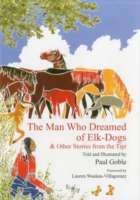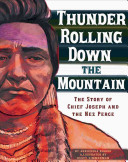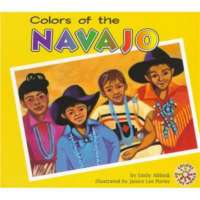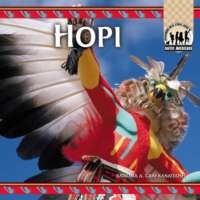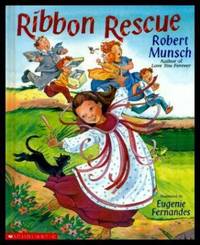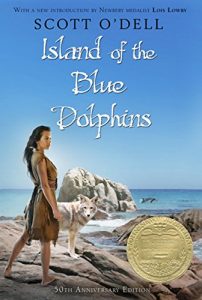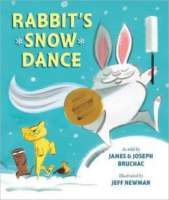
A hip and hilarious fable perfect for wintertime
Rabbit loves the winter. He knows a dance, using a traditional Iroquois drum and song, to make it snow–even in springtime! The other animals of the forest don’t want early snow, but Rabbit doesn’t listen to them. Instead, he sings and dances until more and more snow falls. But how much snow is too much, and will Rabbit know when to stop?
This stylish and oh-so-funny story is a modern take on a traditional Native American fable from master storytellers Joseph and James Bruchac.


